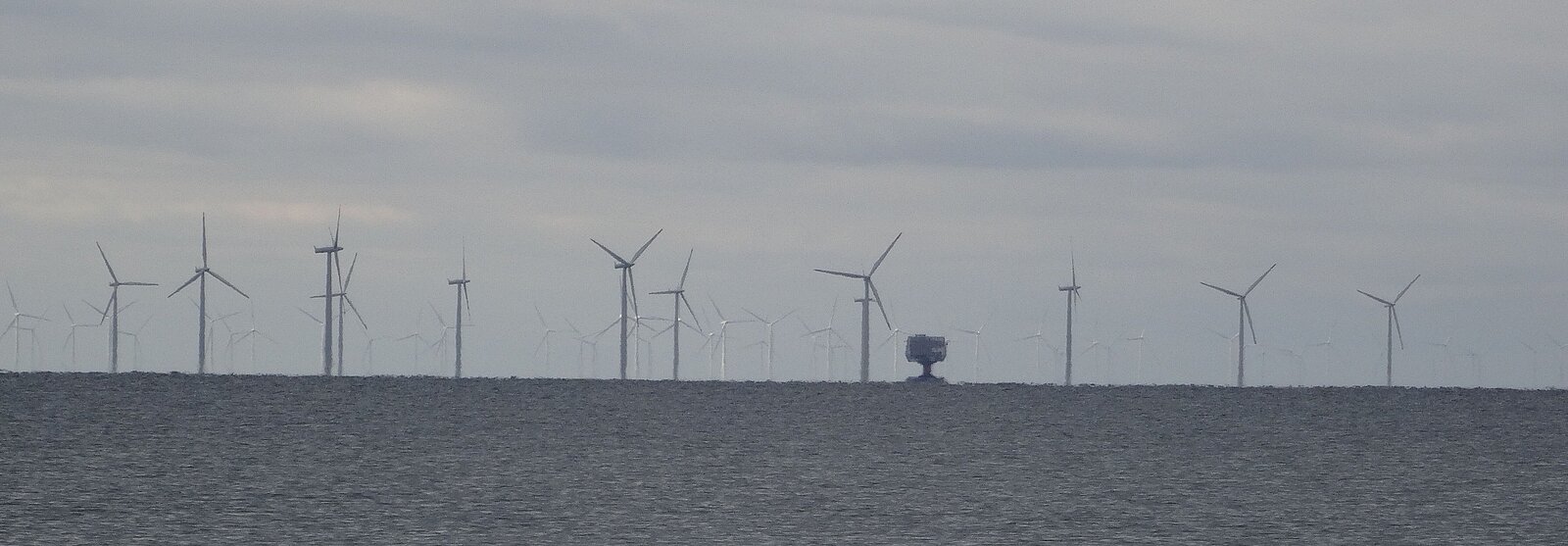![[Translate to English:] Gruppe auftauchender Schweinswale](/fileadmin/_processed_/4/5/csm_Ppho-Multiple_7fa0534ae0.jpg)

| Project data | |
|---|---|
| Project leader: |
1. Siebert, Ursula 2. Lepper, Paul A. 3. Hoeve, Bert; Everaarts, Eligius; Van Elk, Niels 4. Lucke, Klaus |
| Cooperation partner: |
1. Research and Technology Center (FTZ) , University of Kiel, Hafentoern 1, 25761 Buesum, Germany 2. Applied Signal Processing Group, Dept. Electronic & Electrical Engineering, Lougborough University, Loughborough, United Kingdom 3. Dolfinarium Harderwijk Research and Rescue Centre, Strandboulevard Oost 1, 3840 GC Harderwijk, The Netherlands 4. IMARES, Haringkade 1,1976 CP IJmuiden, The Netherlands |
An auditory study has been conducted on a harbour porpoise at the Dolfinarium Harderwijk, the Netherlands. The aim of the study was to assess the potential masking effect of operational sounds of offshore wind turbines on the perception of important signals by the animal, especially potential communication signals of harbour porpoises. The measurement of ABR's was chosen as method for achieving the data. A male harbour porpoise was trained to participate in the study, which involved an active participation of the animal. Due to its dimensions and material the research pool provided a difficult acoustic situation for conducting the study. ABR's were evoked with two types of acoustic stimuli, click type signals and amplitude-modulated signals. The masking noise resembling the underwater sound emissions of an operational wind turbine was simulated. At first the animal's hearing threshold was measured at frequencies between 0.7 and 16 kHz. Subsequently these measurements were repeated at frequencies between 0.7 and 2.8 kHz in the presence of two different levels of masking noise. Absolute hearing thresholds were established for frequencies between 2 and 5.6 kHz whereas at 8 kHz and above the resulting data are likely to represent masking threshold information.The resulting data show a masking effect of the simulated wind turbine sound at a level of 128 dB re 1µPa at 0.7, 1 and 2 kHz. This masking effect varied between 4.8 and 7.3 dB at those frequencies. No significant masking was measured at a masking level of ~115 dB re 1µPa. The available data indicate that the potential masking effect would be limited to short ranges in the open sea, but limitations exist to this conclusions and all estimates are based on existing turbine types, not taking into account future developments of larger and potentially noisier turbine types.


